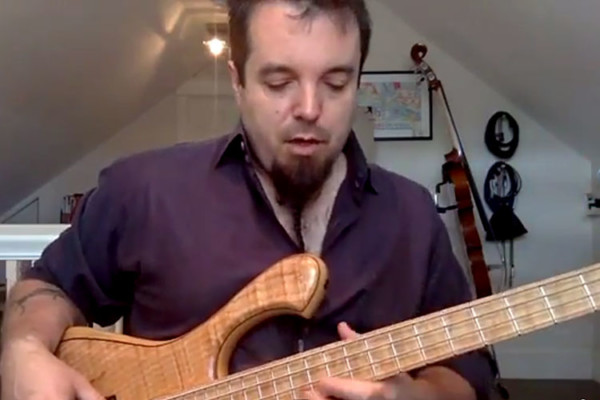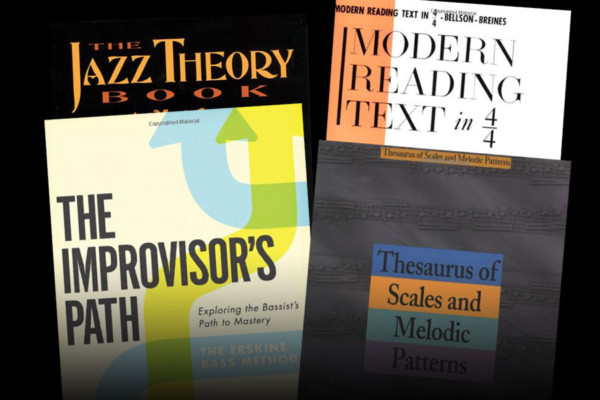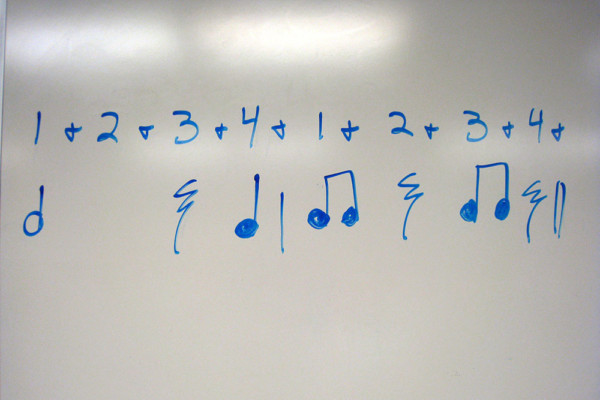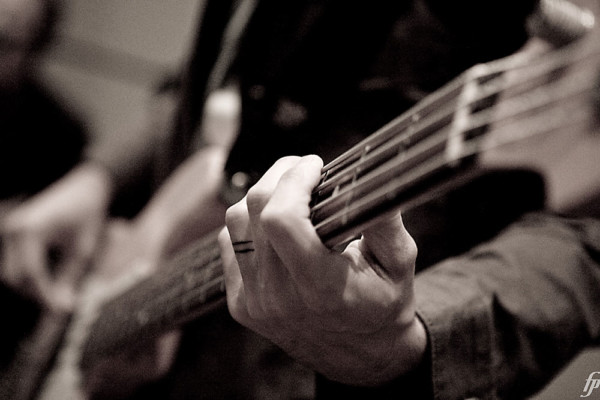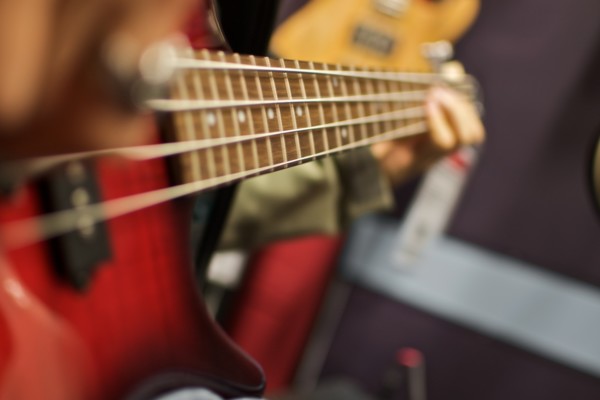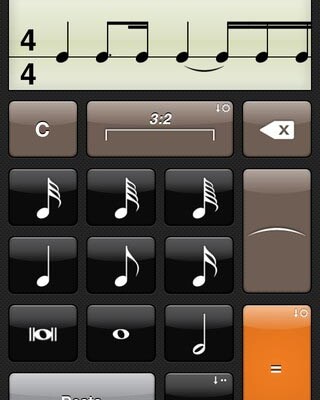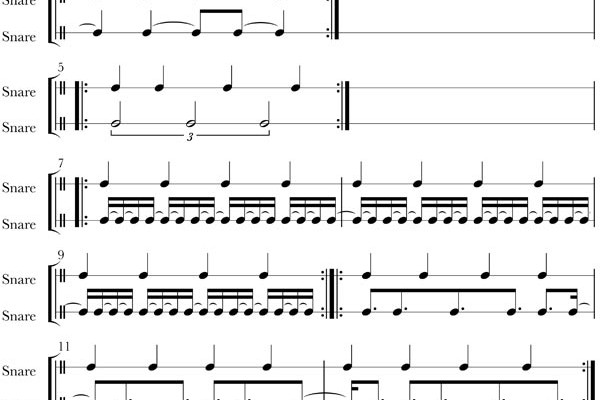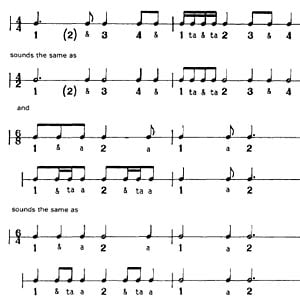Rhythm Archives - Page 3
Articulations and Expression: A Bass Video Lesson
Q: I’m at a point where I’m trying to finally get into soloing, and playing bass as a vocal, expressive instrument. But I’m running into a wall. Any chance you’d be down to do a quick video on articulations? As in, the slick slides you use, the fantastic trills, expressions and so on. And blue notes! (I think they’re blue...
Getting the Most Out of Music Books
Q: Do you think you could run through / give some examples of how to make use of rhythm books like Modern Reading Text In 4/4, and theory books like Jazz Theory by Mark Levine or Thesaurus of Scales and Melodic Patterns by Nicolas Slominsky? A: Nice selection of books! Generally speaking, my approach is to combine any rhythm exercises...
Understanding Rhythm: Mental and Physical Approaches for Bass Players
Rhythm is both mental and physical. Mental The mental aspect of rhythm is the intellectual understanding of how musical time is organized. For any given piece, passage, or note, this includes things such as: Understanding how many beats are in the measure. How each beat is subdivided. Is it by two, three, five, seven? Perhaps they alternate subdivisions? How long...
Developing Timing and Feel: Rhythmic Studies for Bass Players
Q: My question is about timing. I realize that the choice of notes make a line hip, but the rhythm and the timing make the groove! How do you practice timing, Damian? A: Truer words have never been spoken! It’s all about the groove and time-feel (fancy words for “pocket”). Here are some goals for developing your timing and groove:...
Rhythmic Bass Playing: Making it Fit the Musical Setting
Q: For a while, I’ve been focusing on developing a percussive finger style bass technique, in a similar style to yours. I have great fun with it when playing on my or own or looping, but whenever I try it in a band situation, it just never sounds as good. All the detail – and most of the groove –...
PercussionTutor: A Look at the Rhythm Reference App
PercussionTutor is an app I am really excited about. While it is actually designed for percussionists, the app and free ebook combine to offer a huge reference for any musician wishing to better understand rhythms and learning how the different percussion parts fit together to produce the groove. In other words, this will help you – as a bassist –...
Controlling Rhythm and Expressing it Musically
Q: This week’s column was written in part from a response to a FaceBook question I had about controlling rhythm and expressing it musically. I was also asked about my approach with my right hand, and where it came from with regard to rhythm and how I use it in my lines. I took that response and expanded on it...
Rhythm Calculator: A Look at the Rhythm Helper App for iOS
I just discovered JET Powered Apps’s Rhythm Calculator app, a gem of an app I guarantee will live on my phone for quite some time, and I suspect that’ll be true for you other iOS device-carrying folks as well. Rhythm Calculator is exactly what the name suggests: an interface that allows you to enter rhythms of most any type, in...
Exploring Polyrhythms: A Practice Guide
Q: What is a “polyrhythm”, and how can I use them? A: Technically speaking, a polyrhythm is exactly what it says… more than one rhythm happening at the same time. This could be a Cascara rhythm combined with a Clave, or even just a swing pattern on the ride along with the hi-hat on 2 and 4. I find African,...
Rhythms and Transcriptions: A How To Guide to Notating Rhythmic Patterns
Q: I have a question about transcribing. I’m a pretty skilled player and can read, but I have a lot of problems writing down the rhythms that I hear either in my head or from a particular song. Any suggestions on how I should go about learning to notate more difficult rhythms? A: Rhythms can be tricky when you’re first...
Rhythm Series: Improving Your Time
Having good “time,” or sense of pulse, is an essential skill for all musicians and bassists in particular. So much of what we do is reliant upon having a solid, steady and accurate pulse. In fact, I find a highly developed sense of time to be as important as a highly developed sense of pitch, perhaps more so. Ideally, of...
Rhythm Series: Improving Rhythmic Accuracy by Subdividing
Rhythmic Accuracy Last time we talked about one of the major physical components rhythm: feeling the beat internally. However, for the performer there are two components to rhythm, physical and mental. Accurate execution of musical rhythm requires the cultivation of both aspects. One important mental element needed to precisely perform rhythms is active subdivision. Subdividing Most of us understand that...
